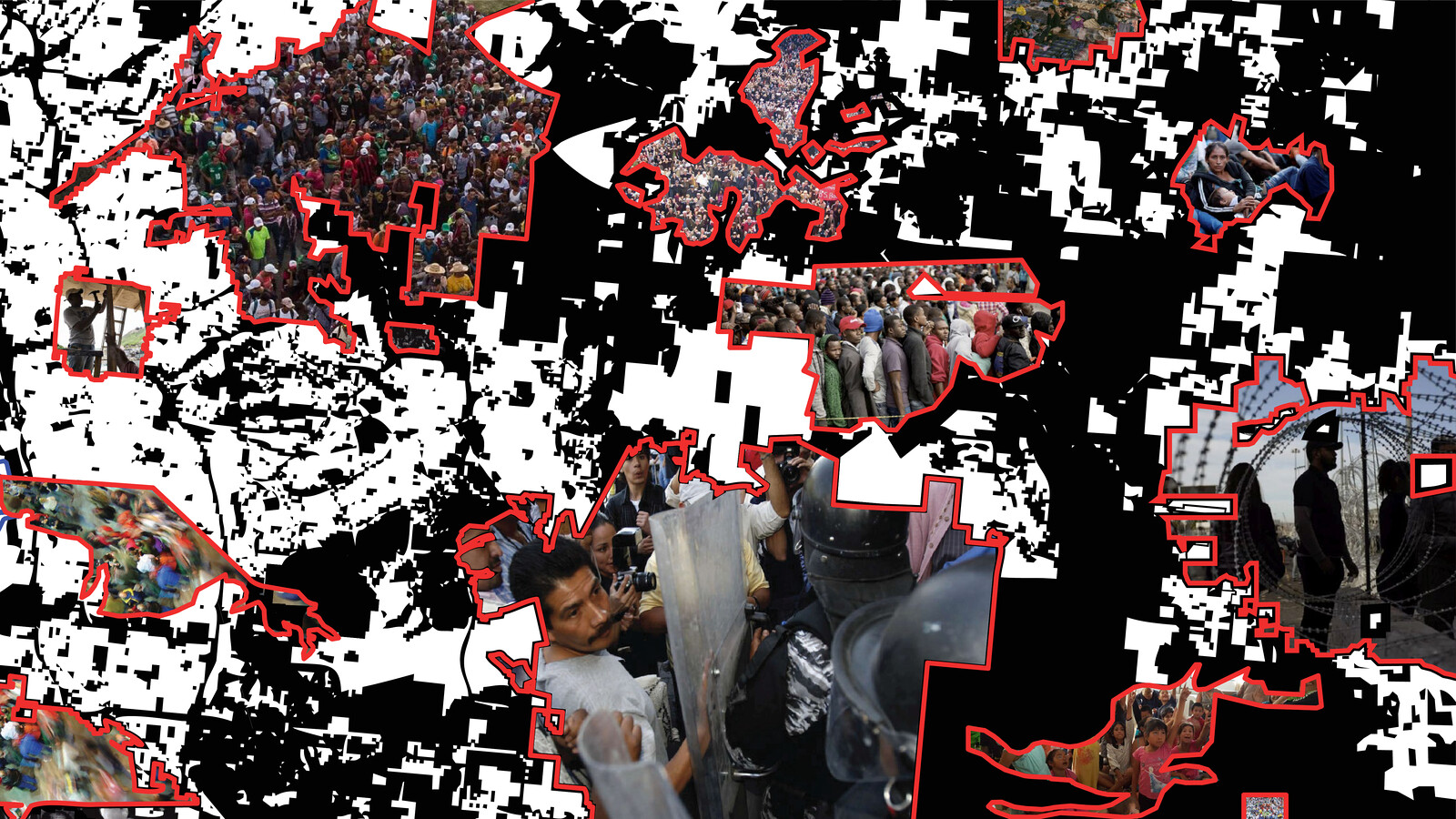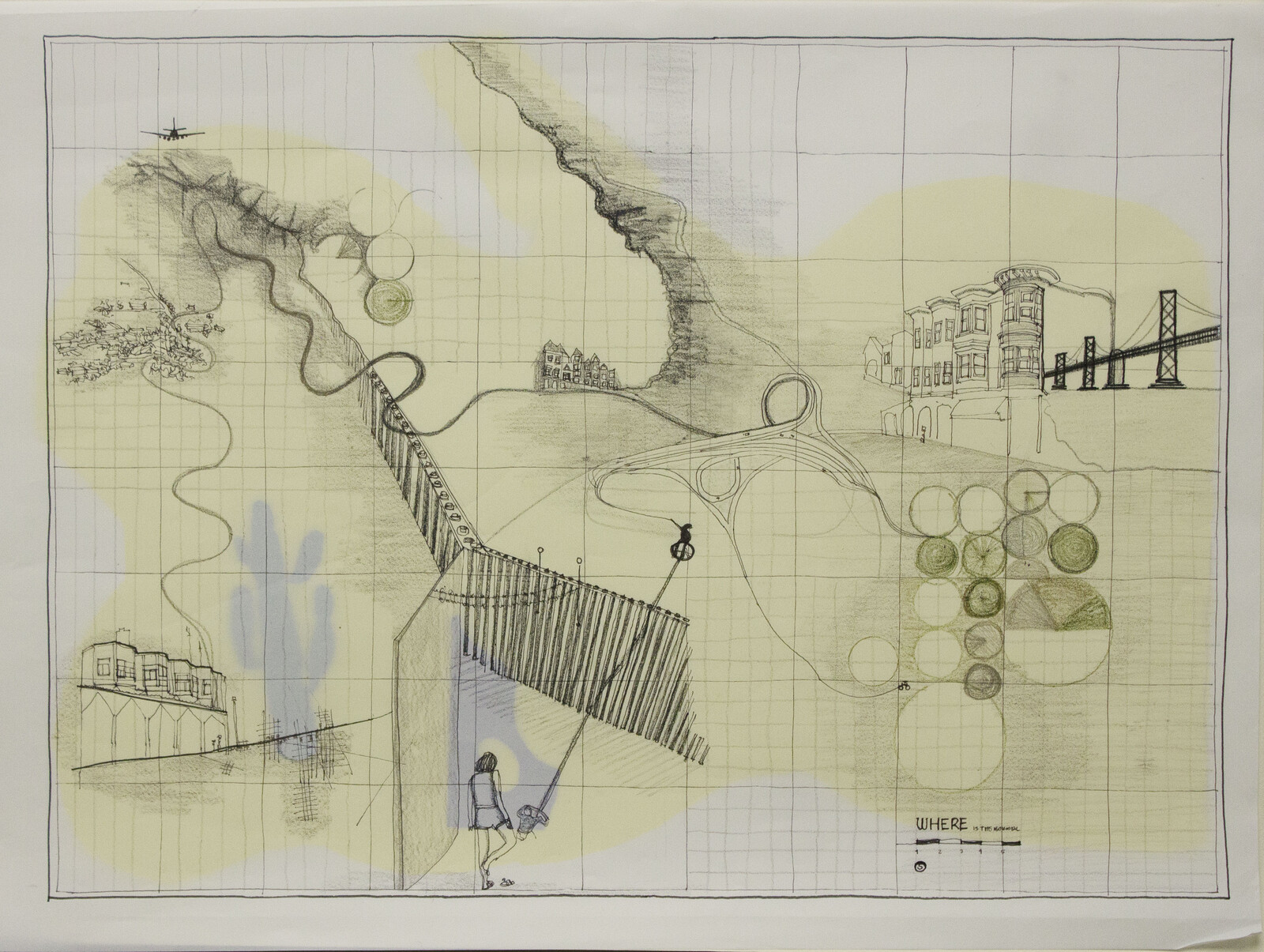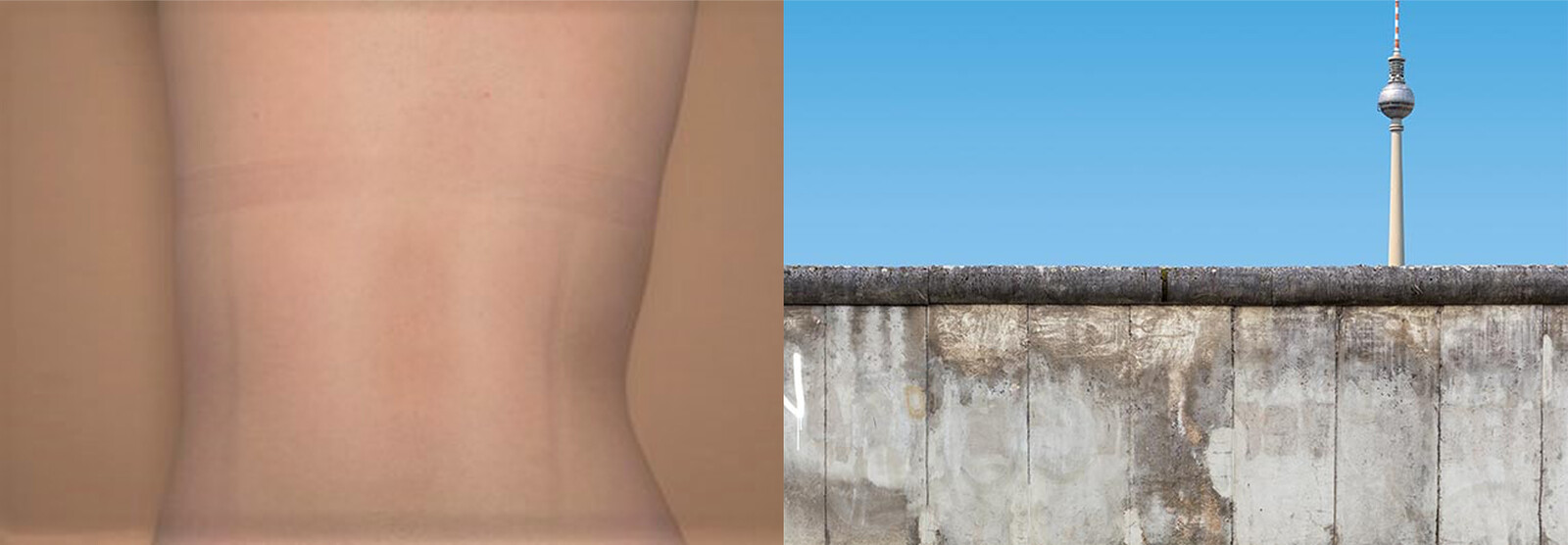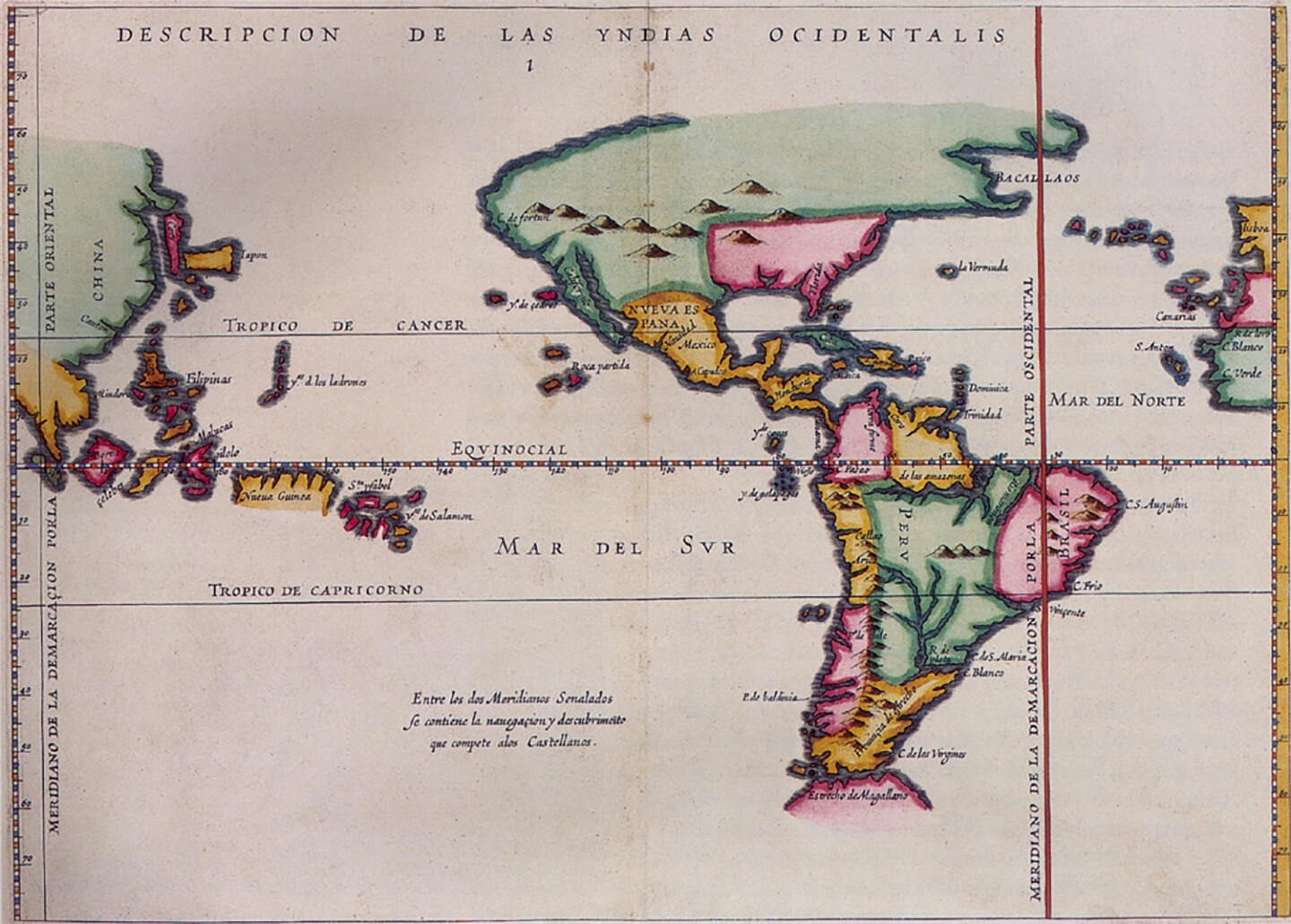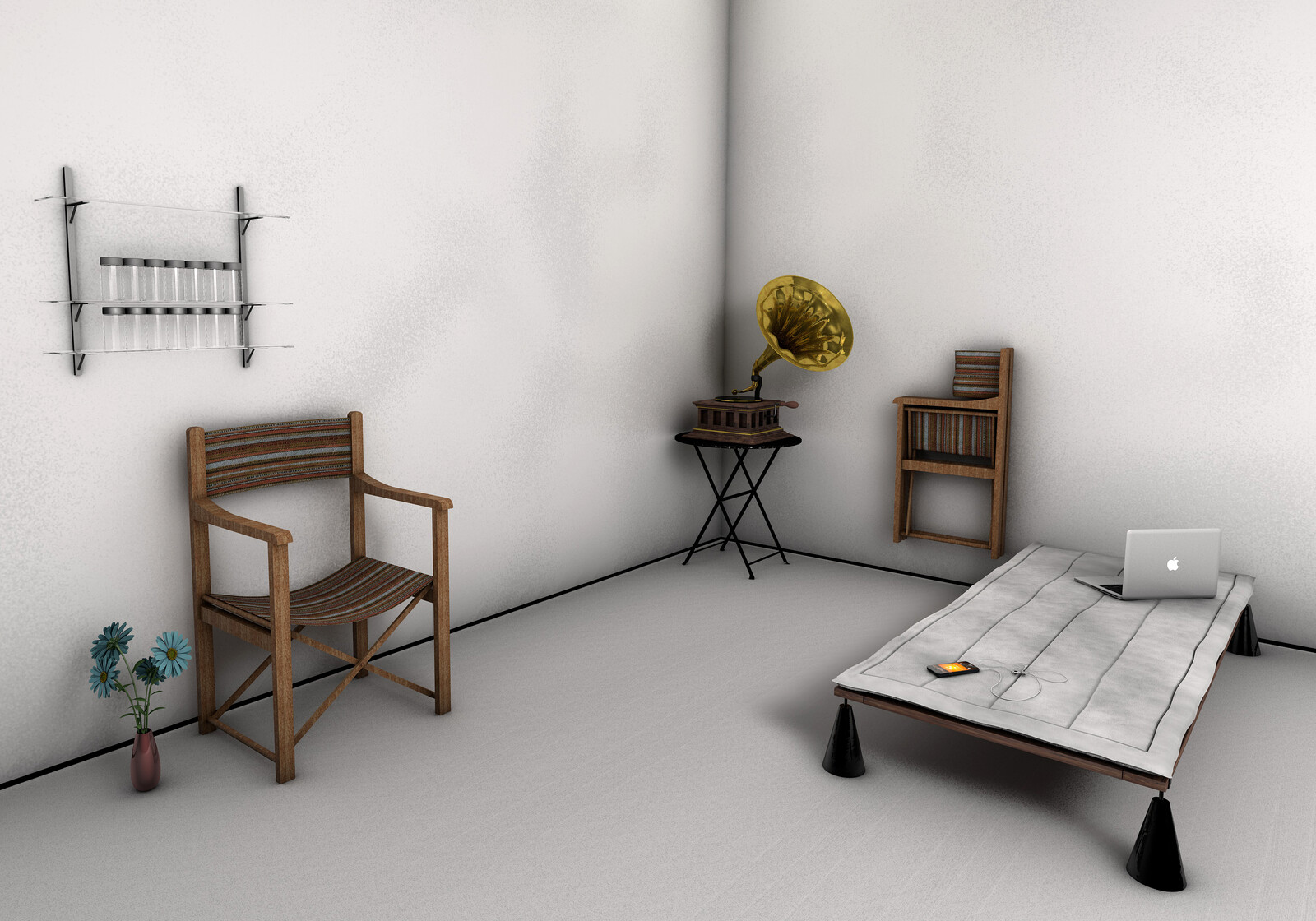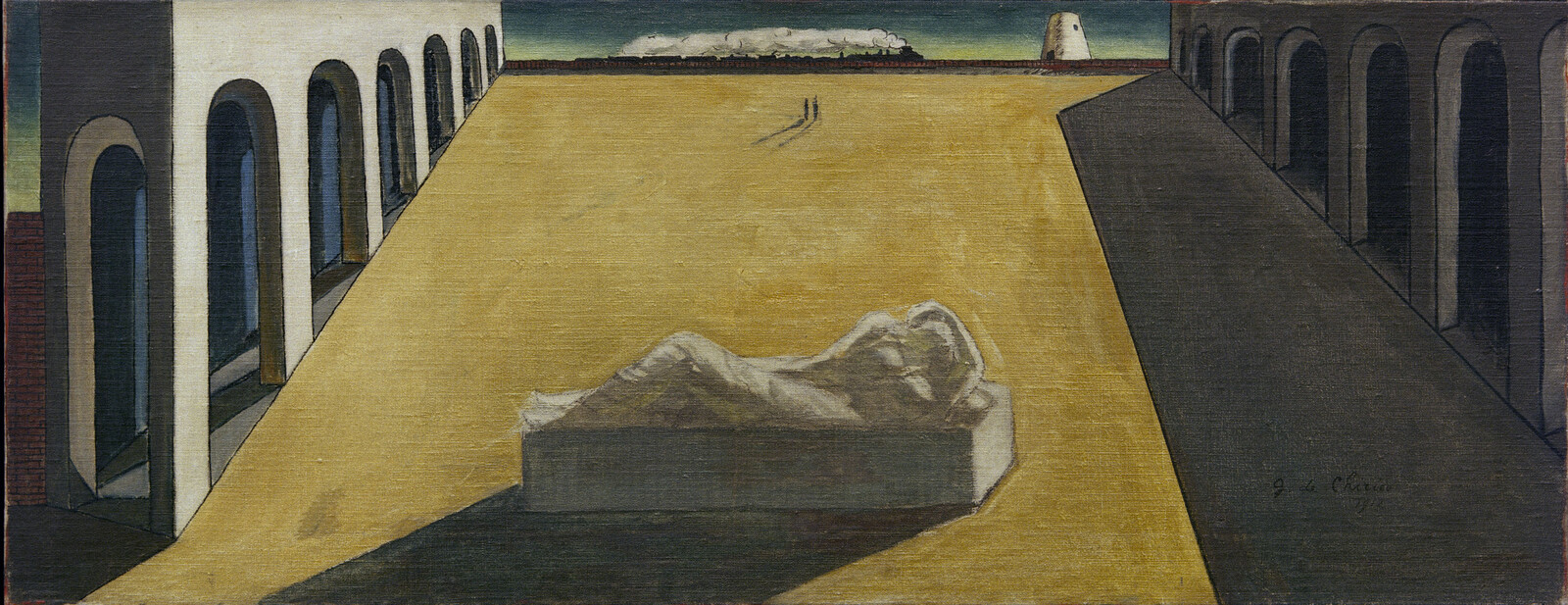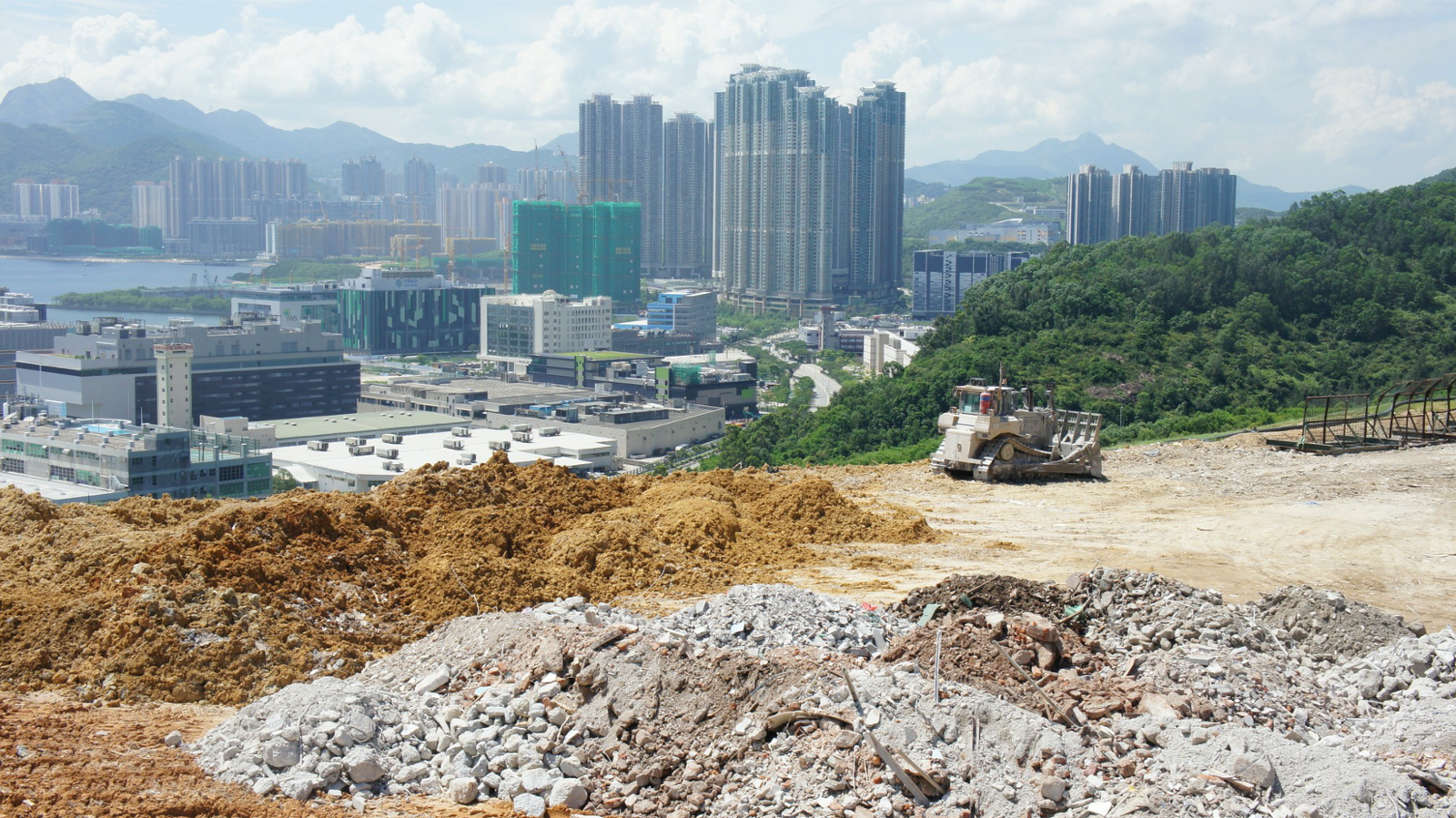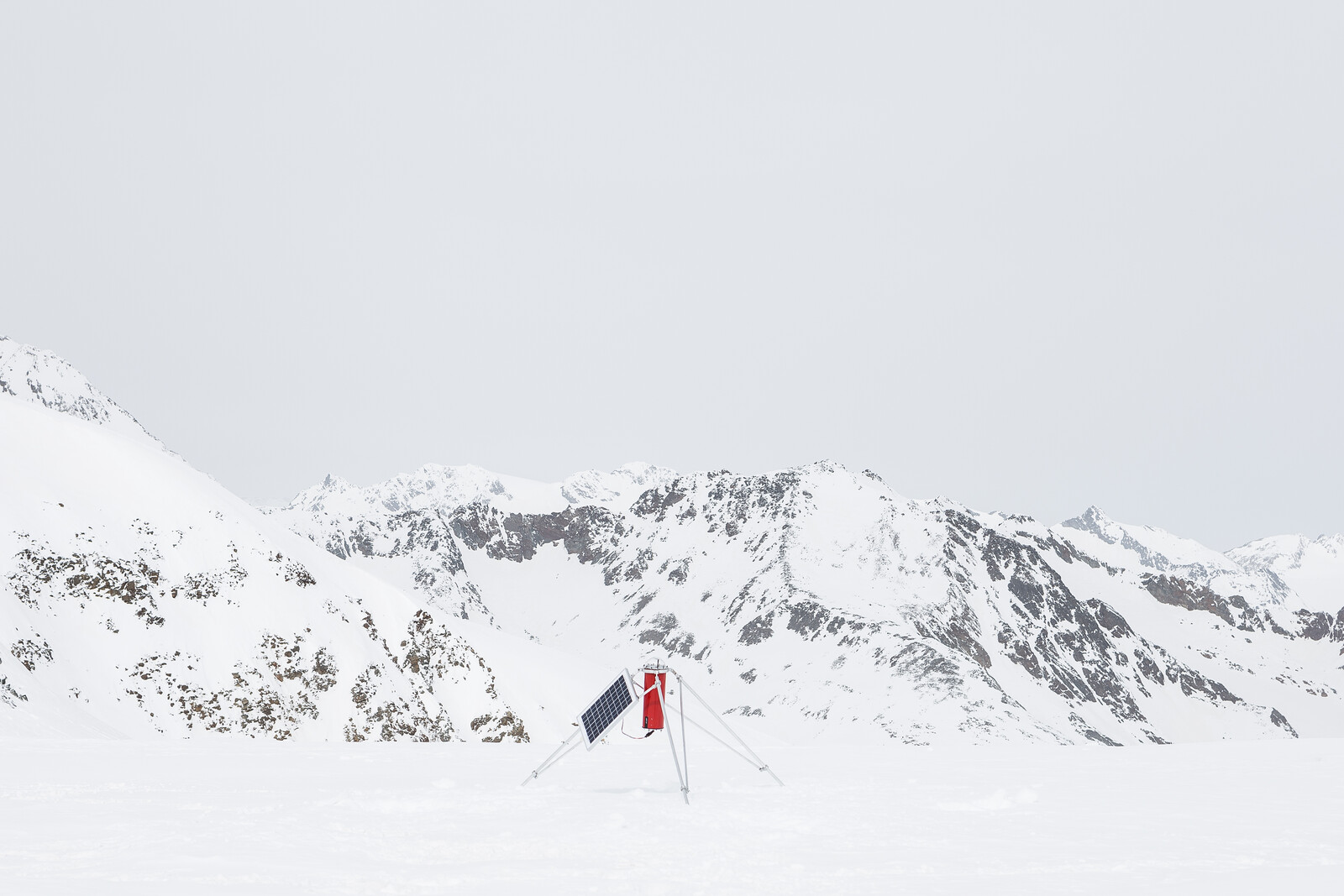Red Zones
The first time Italians heard the expression zona rossa (“red zone”) was in June 2001, in the lead up to the G8 in Genoa. In addition to severe limitations of movement, the right-wing government at the time had decided to seal off a part of the city center using four-meter tall fortifications to shield world leaders from anti-globalization protesters. Since then the expression has entered common usage, but never had it been used as dramatically as it was on February 23 this year, when the small city of Codogno, sixty kilometers south of Milan, and neighboring municipalities were designated as zona rossa three days after the discovery there of Italy’s first SARS-CoV-2 infection. Police and the army set up road blocks at the city’s limits, and trains stopped calling at the station. Shops and public facilities were closed and no one was allowed in or out of the zone.
The Codogno patient had no detectable connection to Wuhan, suggesting that community transmission had been ongoing for some time (by late February, there were already several thousand new infections every day in northern Italy).1 Also on February 23, two more cases were diagnosed in the hinterland of Bergamo, forty kilometers northeast of Milan. On March 2, a plan was put in place for another zona rossa there, but was ultimately called off by the regional government following pressure by local mayors and Confindustria, Italy’s powerful employer’s association. This retraction may singlehandedly have accounted for the tragic impact the virus has had in the region of Lombardy, which to date is the worst-hit region of the world in terms of per capita deaths.2
In the weeks that immediately followed the lockdown of Codogno, regional politics was defined by a form of cognitive dissonance. On the one hand, Lombardy’s government quickly moved to reduce viral transmission, but it focused on the young—closing down all schools, bars, and cultural institutions—rather than the elderly (nothing was done to protect retirement homes). On the other hand, the same politicians—in disbelief that Italy’s economic powerhouse could ever slow down—kept stressing that the region was open as usual.
Frightening figures (thousands of patients hospitalized with severe symptoms, with a 35% day-on-day increase) eventually prompted the national government to impose drastic measures on March 8: all forms of movement in Lombardy and Veneto were severely limited, and a 6pm curfew was put in place. On March 11, the prime minister went even further, announcing something unprecedented both in the long history of public health and in the brief history of COVID-19: the lockdown initially conceived for Lombardy and Veneto would apply, without distinction, to the entire national territory. This was no longer a quarantine—the isolation of “sick” individuals or areas from the rest—but confinement—a universal restriction on movement and gathering. Overnight, the country was plunged into anxiety: did it really mean that people could no longer move as they pleased? Did it mean that the virus could actually get us?
Isolation
The government dubbed the March 11 emergency law “Io resto a casa” (I stay at home). The significance of this framing, and its nation-wide extension, is hard to overstate, for it entails a radical paradigm shift in public health.
Quarantine was first deployed in 1377 in the Venetian protectorate of Dubrovnik to shield the city from seaborn plague infections. Ships suspected of carrying the plague were forced to wait outside the port for forty days, to see if any cases would develop. In the following century, city-states in Italy (the densest European region at the time, and thus the most impacted by epidemics) refined the architecture of quarantine with the lazzaretto: a special building, usually built outside the city walls, designed to host the sick and separate them from the healthy. The first example is Venice’s Lazzaretto Vecchio, built in 1423 on a small island in the lagoon. Limitation of movement was also an important strategy during these epidemics: only bearers of specific permits were allowed to travel, and cities set up surveillance and communication networks to share timely information on the movement of contagion.3
This set of technologies—which constitutes the foundation of modern public health—was for centuries the only defense against a terrifying disease such as the plague (medical science, by contrast, was helpless until the discovery of antibiotics). The same public health technologies were later found to be useful in controlling undesirable bodies: the demographic impact of the plague in Europe was such that it increased the negotiating power of farmers and laborers, but it also meant that anyone not perceived as “productive” (vagrants, prostitutes, and the poor) was disciplined through containment and hospitalization.4
As they are meant to contain an infection, quarantine measures have mostly been applied to specific areas and individuals, The particularly violent epidemic of bubonic plague of 1629–1631 might be the closest historical precedent to the country-wide lockdowns of today: quarantine was extended to the entire city of Florence, on the orders of the local Ufficio di Sanità. Chronicles of the time reveal an atmosphere—the stay-at-home protocol, the empty streets, the general loneliness, and the attempts on the part of the authorities to blame the “irresponsibility” of the poor—that resonates eerily with the present-day situations in Italy and elsewhere.5
With the onset of political and economic liberalism in the nineteenth century, however, quarantines and other forms of urban containment came to be seen with increasing skepticism. This was reinforced by the fact that quarantine was of little use against cholera, which spreads through contaminated water. The later discovery of antibiotics and vaccines in the twentieth century contributed to the idea that epidemics could be better controlled in less disruptive ways.
Indeed, up until now, the scientific assessment of quarantine as a public health strategy has remained mixed. Firstly, it is seen to have a high social cost, and a disproportionate impact on the poor and on marginalized groups. Secondly, quarantine is only effective when enforced very early on (which explains why travel bans have been of little use against COVID-19).6 Despite this, both SARS and COVID-19 (two epidemics that were new to the twenty-first century) have forced the reconsideration of interventions that were hitherto seen as medieval.


Fede di sanità (health pass) issued by the board of health of the city of Venice in 1611, enabling the bearer to travel despite the restrictions due to the plague epidemic. Source: Wellcome Collection.
Metaphors
In her essay “Illness as Metaphor,” which was written during a lengthy cancer treatment, Susan Sontag warned against attributing meaning to disease. Any analogical use of the medical language, in Sontag’s view, is “invariably a moralistic one.” In the past, this often meant disease being used as a signifier for social disorder (the plague), or for bodily corruption (syphilis); in the Western political tradition, “cancer” and “infection” have been long been coded words to define those who don’t belong to the social body, evoking feelings so strong that they can easily turn into violence.7
In Italy today, it hasn’t been the epidemic itself that has been invested with metaphorical meaning, but rather the protocols devised to control it. Under the rubric of Io resto a casa, the space of the home has been imbued with redeeming, therapeutic qualities, with the message that by staying at home, we can save ourselves (and the nation) from the virus. But the “home” imagined by the Italian government and media has consistently been that of an urban-dwelling, well-to-do, nuclear, heterosexual family; a home comfortable and large enough to spend an extended period of time indoors; a home stocked with groceries, with a broadband connection and multiple devices to allow each family member to continue working or studying.
This picture is far from reality: in Italy, 34% of households have no computers or tablets; 40% of minors live in homes that are too small; 58% of people read less than a book per year; and 33% of households are made up of a single person.8 The effects of framing the home as a safe space are evident by now, and echo those observed by international commentators: an increase in gender-based violence (in Italy, emergency calls to women’s shelters were up 75% in the month of March), as well as a disproportionate burdening of women in terms of care and domestic labor; severe suffering for people with physical disabilities and mental health conditions, for children with abusive parents, and for drug users, among many other vulnerable groups.9 Nonetheless, there still has to be any reckoning on the part of the political class that “home” might not be such a rosy place.
Similarly, the various emergency laws put in place to govern the activities that are and are not permitted find their rationale in the notion of “necessity,” which is skewed toward able-bodied, middle-class citizens. Italian parks, playgrounds, and open spaces, for instance, were closed immediately—thus depriving anyone without a private garden of the possibility to be outdoors. Street markets, which in Italy are a crucial source both of affordable fresh food, and of daily income for many outside the formal labor market, were closed as well. In-person prison visits were banned, but nothing was done to protect inmates in overcrowded jails from contagion, sparking Italy’s largest prison protests in decades.10
The paradigm of social distancing and confinement looks simple enough in epidemiological models—and there is no question that, if implemented timely, it is an effective way to slow down an epidemic in the absence of pharmaceutical solutions. But its uniform imposition onto an entire country is problematic to say the least. The Italian government imagined a frictionless territory, one where the complexity of things on the ground would not interfere with the simplicity of a model. The lockdown did not just overlook any non-productive bodies or non-normative households, but also all those landscapes that aren’t large cities, and their respective modes of life (which is, incidentally, how the majority of Italy’s population lives). Walking in the forests or in the mountains, gathering wood, fishing, and subsistence farming—even if done individually—were among the countless activities that police have stopped and sanctioned since Italians have been told to stay at home.
Blame
The other major issue with the metaphors of Io resto a casa is that the epidemic was recast as something that comes from outside. Accordingly, contagion was not caused by close contact with infected people, but (in a curious return of miasmatic theories) by the air itself. Throughout the lockdown, politicians and police forces jointly played up the uncertainties of scientific research to suggest that the very act of being outdoors was dangerous to oneself and the community as a whole. Conversely, the home was clean by default: by not going out, the epidemiological risk could be reduced to zero.
With such a narrative having quickly become common sense, in the days following March 11, social media were replete with accounts of people heckled from balconies for being out for a run, or for taking their children for a stroll (in spite of such activities actually being permitted). Police seized the moment and started deploying drones, planes, and helicopters to spot stray runners or gatherings. National newspapers such as La Repubblica and Il Corriere della Sera consistently misreported both on the mechanisms of contagion and on the contents of the emergency laws, creating an ambiguity over what was permitted and what wasn’t. They even openly cheered at private citizens turned police informants.11
In a feedback loop with the media, the political class relaunched the narrative of individual responsibility, for it conveniently redirected attention away from all the structural causes and planning errors behind the tragic death toll (with a nasty corollary of blame: if during the lockdown you do end up getting the virus, it must be your fault). Local administrators (from the left and the right in equal measure) started an obscene race to outbid the central government, introducing ever more prohibitions: in Emilia-Romagna, no bicycles; in Campania and Friuli, no exercising at all; in Sicily, only one household member allowed out of the home once a day; in some municipalities, only one person, but on alternate days based on one’s gender.
The actual vagueness of the regulations—the legal and constitutional basis of which remains questionable—gave major discretionary powers to the police, who became entrusted with deciding on the spot what was “necessary” and what was not. Thousands of fines were issued for futile reasons: homeless people not going home; couples (living under the same roof) walking together to the supermarket; a young medical doctor asking a friend to help fix her car; several riders working for delivery companies having a break between runs…12 Possibly the lowest episode was seen on Easter Sunday, when a police helicopter was dispatched to disband some families having lunch on the rooftop of an apartment block in Palermo (lockdown regulations prevented the use of any “public space”). This all took place in one of the city’s poorest neighborhoods, where families live in overcrowded, subpar accommodation amid rife crime, for which police usually don’t even bother showing up.13
The extreme militarization of Italy’s lockdown (according to the Ministry of Interior, police forces performed the stupendous figure of seven million stops in one month) has been justified with the need to discipline Italians, who, “by character” would not otherwise comply with the rules. However, many different sources point to near-universal levels of compliance—around 95%, equal or superior to other European countries.14 The problem, therefore, with conflating “social distancing” with “staying at home” is not just the underlying misunderstanding of the nature of the virus, but the fact that blame gets spatialized on public space and social life in themselves. This, it goes without saying, is particularly impactful on the people who have the least resources.
What, then, was really at stake in Italy’s repressive COVID-19 response? A possible answer comes from the Bologna-based author Wolf Bukowski, who has provided a detailed account of how the media coverage of COVID-19 perpetrates a preexisting narrative: that of decoro (decency) and sicurezza (security)—two weasel words in Italy’s political discourse. Bukowski’s work shows how decoro (the idea that cities and towns ought to be clean, tidy, and silent) has been used to criminalize and prosecute behaviors that are not even legal offences. It has also served to cast urban life with an ever-present sense of fear and disorder.
First observed after the introduction of austerity economics that followed the Maastricht Treaty in 1992, and coming back since the financial crisis of 2008, the rhetoric of decoro made it possible for Italian politicians and administrators to deflect the resentment and disillusionment of an impoverished middle class toward easy-win targets—the street seller, the homeless, the youth—deepening racial and class discrimination in the process. Fear became detached from actual risk and turned into an overarching aversion to anything and anyone out there. In the COVID-19 epidemic, the severity of police interventions and the focus on individual behavior has then proved to be a dream come true for the broad, cross-side political constituency of decoro. For the first time, it was possible to call the police on teenagers sitting in a park—for no other reason than their being there. As a consequence, Bukowski writes,
Political space … gets taken up by an individualized, acritical “responsibility”; and the rightful idea that “we should not question the reality of the epidemic” becomes all too easily “we should not question the government’s response to the epidemic.” … If there is no political and moral space that can exist outside of the containment of contagion (the modality of which is beyond critique: “Let the experts speak!”), it’s then clear that any intervention put in place by state power is legitimate—so long as it can be presented as necessary to such containment.15
A narrative crafted around “dangerous runners” and “clandestine walks,” then, is an effective way to prevent any critical examination of the material and structural causes of the tragedy that COVID-19 has been—all the more embarrassing as Lombardy has always been portrayed as Italy’s wealthiest and most virtuous region. The faults range from a drastic shortage of personal protection equipment (PPE) for hospital workers, to the hospitalization of COVID-19 patients in retirement homes, to the failure of enforcing localized quarantines (as in Bergamo) early on. Crucially, for the past two decades, Lombardy has been a test site for healthcare privatization: community-centered care, which would have allowed most COVID-19 patients to be treated in dedicated structures, has been all but wiped out. The epidemic was instead dealt with solely as a medical problem: patients were hospitalized, and brought the virus with them. By contrast, the neighboring Veneto region treated COVID-19 cases in the community, and was thus able to keep fatalities at a tenth of Lombardy’s figure.16
An epidemic has the power to uproot the usual geographies of care. Homes and hospitals can stop being safe spaces. When a virus is so pervasive, as SARS-CoV-2 is, it is paramount to keep it away from the non-infected population. This is the still-valuable lesson of medieval quarantines. It is not in the harshness of its lockdown, but in the effectivity of separating the infected from the non-infected, that China’s response has excelled: a centralized system of dedicated structures (called Fangcang) was built in no time, where all patients and their contacts were treated and divided in four groups according to severity.17 Instead, Lombardy simply closed everything down. And it becomes clearer by the day that the main landscapes of infection were not public spaces, but hospitals, retirement homes, workplaces, and indeed private homes.18 It is evident, then, how misguided an indistinct “stay at home” policy is, particularly when decoupled from other interventions. The spaces that were supposed to be shielded from the virus were exactly those that the government failed to safeguard—and where it confined people to.
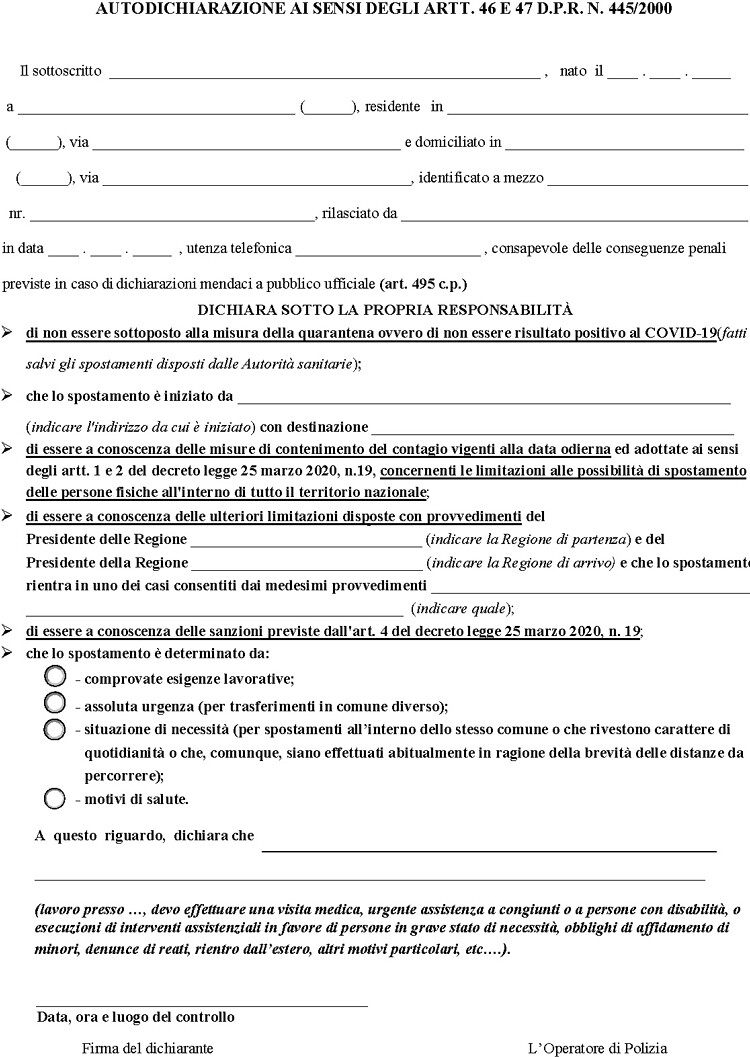

One of multiple versions of the form required to move in Italy during the COVID-19 epidemic, March 2020. Source: Ministero dell’Interno.
Risk
The stark truth, however, is that “staying at home” has been in large part a fiction. As stated earlier, regional and national governments have time and again bowed to the pressures of Confindustria not to shut down businesses or enforce additional zone rosse. Not even at the height of the epidemic, not even in the country’s worst affected areas, did the government impose so much as mandatory protection equipment for employees. Only after a massive wave of strikes in factories all around Italy were some non-essential businesses forced to close—on March 22, a full month after the first case. Even then, regulations were riddled with loopholes and based on voluntary declarations. In contrast to the millions of police checks on individuals, there have been barely any inspections in workplaces. Over half of Lombardy’s businesses have remained open throughout the epidemic.19
In order for “us” to stay at home, a third of the Italian workforce has had no choice but to continue going to work. These are delivery people, factory workers, supermarket and warehouse employees, agricultural laborers, truck drivers, cooks, cleaners, and of course doctors and nurses. Most of them also happen to be the least paid and most precarious categories of workers. From this point of view, the current manifestation of confinement is better thought of not so much as epidemic control, but as a form of risk displacement: a minority of workers is made to keep the economy going so that a majority of the population can stay at home. And the reverse is true as well: millions of people have to put up with extended confinement so that the risk experienced by industrial workers doesn’t grow out of control. In the necropolitical calculations of the State, the physical health of workers and the mental health of everyone else are both a price worth paying.
The way “necessity” has been defined belies what the true priorities have been all along. With Italy now heading into its third month of lockdown, the government has made it clear that factories will be the first thing to restart (even though many of them never closed down in the first place). Social and affective life might resume, but only under additional restrictions and limited to “stable” relationships.20 Schools may not reopen even in September. In other words, all non-productive members of society (young people as well as the elderly) have no prospect of leaving their homes. By now, pretty much all established human-rights criteria for states of emergency—that they be lawful, of limited duration, evidence-based, and proportionate—have been disregarded.21
In a sense, such bare-life capitalism is not new to the Italian State, a country which has historically combined a strong economy with a fragile ruling class. In the early nineteenth century, pellagra (a deadly disease caused by nutritional deficit) spread among the peasantry of Italy’s northern regions, which were impoverished by the shift to enclosed lands and capitalist agriculture. While some physicians correctly pointed to poverty and an insufficient diet, the ruling class favored a rival theory (formulated by Cesare Lombroso, one of the fathers of scientific racism), which held that pellagra was caused by rotten corn. It therefore wasn’t necessary to improve the material conditions of peasants, but just feed them better corn.22
Coexistence
The history of epidemics is a unique lens to understand how the fear of foreign bodies has been a primary driver of Western modernity. Architecture, as Eyal Weizman recently put it, was so often one of the ways “to control contamination and its more or less subtle racial codings.”23 Toward this end, it is not just architecture, but all the technologies of territorialization that have been called upon. Just after Italy became a nation state, under the guise of another infectious disease—malaria—a large part of the peninsula’s coastal wetlands and marshes were drained, and the existing ecologies and localized economies substituted by irrigated agriculture. The state did not “see” the different landscapes and imposed everywhere the same model of production, lifted from the capitalist North. It also did not see that, however bad, malaria was for peasants just one of many problems, and certainly not as serious as the abject poverty in which they were kept by an exploitative ruling class.24
The task ahead is to demand forms of epidemic control that are grounded not in social disciplining and atomization, but in mutual recognition and solidarity. These can only materialize from the inclusion of all those bodies, ecologies, and forms of kinship that have been systematically excluded from the representation that the capitalist state has crafted of itself. Such a perspective will also, by necessity, entail the recalibration of risk rather than its presumed suppression, and an acceptance of the possibility that we might have to live with our contaminants.
Cereda D et al., “The Early Phase of the COVID-19 Outbreak in Lombardy, Italy,” ArXiv:2003.09320 (q-bio.PE), 2020, ➝. The number of actual daily infections can be derived by backdating the reported infections by an average of 12 days (6 days of incubation plus 6 days for testing and reporting, according to Italy’s Istituto Superiore di Sanità). See: ➝.
Davide Maria De Luca, “Il disastro in Val Seriana,” Il Post, April 1, 2020, ➝; Annalisa Camilli, “Cosa è successo a Bergamo, la città italiana più colpita dal virus,” Internazionale, March 25, 2020, ➝; Veronica Di Benedetto Montaccini, “Quelle migliaia di vittime che potevamo risparmiarci con la zona rossa ad Alzano e Nembro: i dati che certificano una tragedia,” Tpi.it, April 8, 2020, ➝.
Giorgio Cosmacini, Storia della medicina e della sanità in Italia: dalla peste nera ai giorni nostri (Roma; Bari: Laterza, 2005), 36–41.
Silvia Federici, Caliban and the Witch: Women, the Body and Primitive Accumulation (New York: Autonomedia, 2004), 46, 57.
Erin Maglaque, “Inclined to Putrefaction,” London Review of Books, February 9, 2020.
Eugenia Tognotti, “Lessons from the History of Quarantine, from Plague to Influenza A,” Emerging Infectious Diseases 19, no. 2 (2013): 254–259; Umberto Pellecchia, “Quarantine and Its Malcontents: How Liberians Responded to the Ebola Epidemic Containment Measures,” Anthropology in Action 24, no. 2 (2017): 15–24.
Susan Sontag, Illness as Metaphor and AIDS and Its Metaphors (New York: Picador, 2005), 77–85.
Luigi Mastrodonato, “Per chi ha una tossicodipendenza la vita è ancora più dura,” Internazionale, April 17, 2020, ➝. For similar reports from other parts of the world, see for example: Amanda Taub, “A New Covid-19 Crisis: Domestic Abuse Rises Worldwide,” The New York Times, April 6, 2020, ➝; Adam Nossiter, “‘Like a Prison’: Paris Suburbs Simmer Under Coronavirus Lockdown,” The New York Times, April 10, 2020, ➝.
The police suppressed these protests with brutal violence, leaving at least twelve people dead.
Davide Piacenza, “Santi, poeti e delatori: la nuova Italia ossessionata da chi esce di casa,” Wired, March 19, 2020, ➝.
“Coronavirus, Multe Ingiuste a Roma e Torino,” Corriere Della Sera, April 17, 2020, ➝.
“La grigliata proibita sui tetti di Palermo: parla uno dei protagonisti,” La Repubblica, April 13, 2020, ➝.
Soubhik Barari et al., “Evaluating COVID-19 Public Health Messaging in Italy: Self-Reported Compliance and Growing Mental Health Concerns,” Working paper, 2020; “COVID-19 Community Mobility Report for Italy” (Google, April 11, 2020), ➝.
Wolf Bukowski, “La viralità del decoro. Controllo e autocontrollo sociale ai tempi del Covid-19,” Giap, March 16, 2020, ➝. Author’s translation.
Chiara D’Ambros, “Crisanti: ‘Epidemia di coronavirus in Italia? Numeri inesatti. Male contenimento e monitoraggio di positivi,’” Globalist, March 22, 2020, ➝; Nacoti Mirco et al., “At the Epicenter of the Covid-19 Pandemic and Humanitarian Crises in Italy: Changing Perspectives on Preparation and Mitigation,” NEJM Catalyst 1, no. 2 (2020). For the effects of privatization on the healthcare system, see Vale Disamistade, “No, Italy Is Not the Case Against Medicare for All,” The Nation, April 14, 2020, ➝. The national organization of medical doctors has issued a scathing indictment of the failures of Lombardy’s governance, available at: “FROMCeO Lombardia. Nuova Lettera Indirizzata Ai Vertici Della Sanità Lombarda,” FNOMCeO, April 6, 2020, ➝.
An Pan et al., “Association of Public Health Interventions With the Epidemiology of the COVID-19 Outbreak in Wuhan, China,” JAMA, 2020.
“Epidemia COVID-19 - Aggiornamento nazionale,” Weekly report of Istituto Superiore di Sanità, Rome, April 24, 2020, 12, ➝.
Simona Baldanzi, “Tutti a casa. Tranne gli operai,” Jacobin Italia, March 12, 2020, ➝; Francesco Brusa, “‘Bisogna espropriare le fabbriche.’ Scioperi e nuovi decreti, ma Bergamo e Brescia non si fermano,” DINAMOpress, March 30, 2020, ➝; “Oltre il lockdown, le aziende lombarde sono già al lavoro,” il manifesto, April 13, 2020, ➝.
Incredibly, this is the actual wording of the latest emergency decree, signed by the prime minister on April 27, 2020.
“Human Rights Dimensions of COVID-19 Response,” Human Rights Watch, March 19, 2020, ➝.
Adriano Prosperi, Un Volgo Disperso: Contadini d’Italia Dell’Ottocento (Turin: Einaudi, 2019), 154–61.
In “The Quarantine Files: Thinkers in Self-Isolation,” Los Angeles Review of Books, April 14, 2020, ➝.
I have examined this topic in detail in Andrea Bagnato, “The Normalization of Bodies,” in Archivi della Basilicata 1: La Bonifica di Bradano e Metaponto (Milan: Humboldt Books, 2019), 115–123.
At The Border is a collaboration between A/D/O and e-flux Architecture within the context of its 2019/2020 Research Program.





